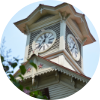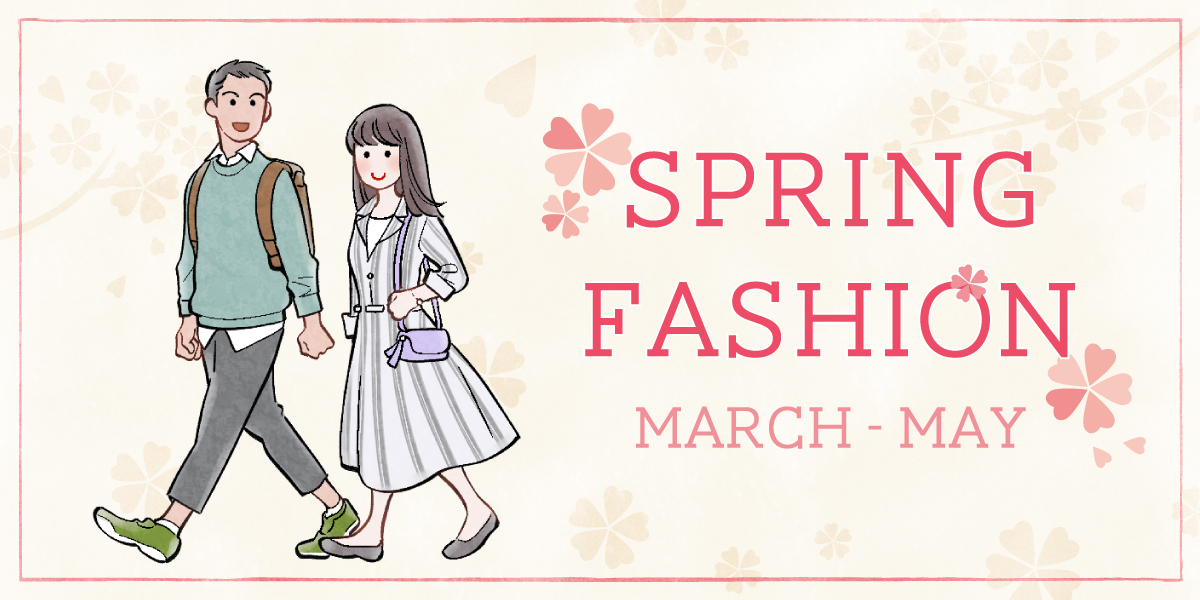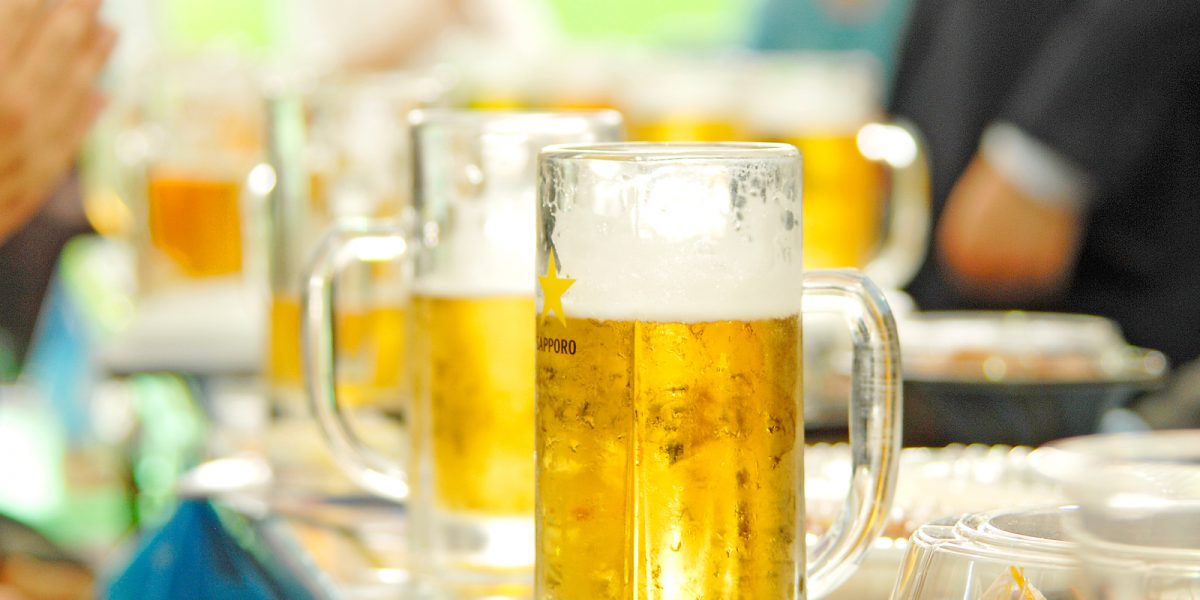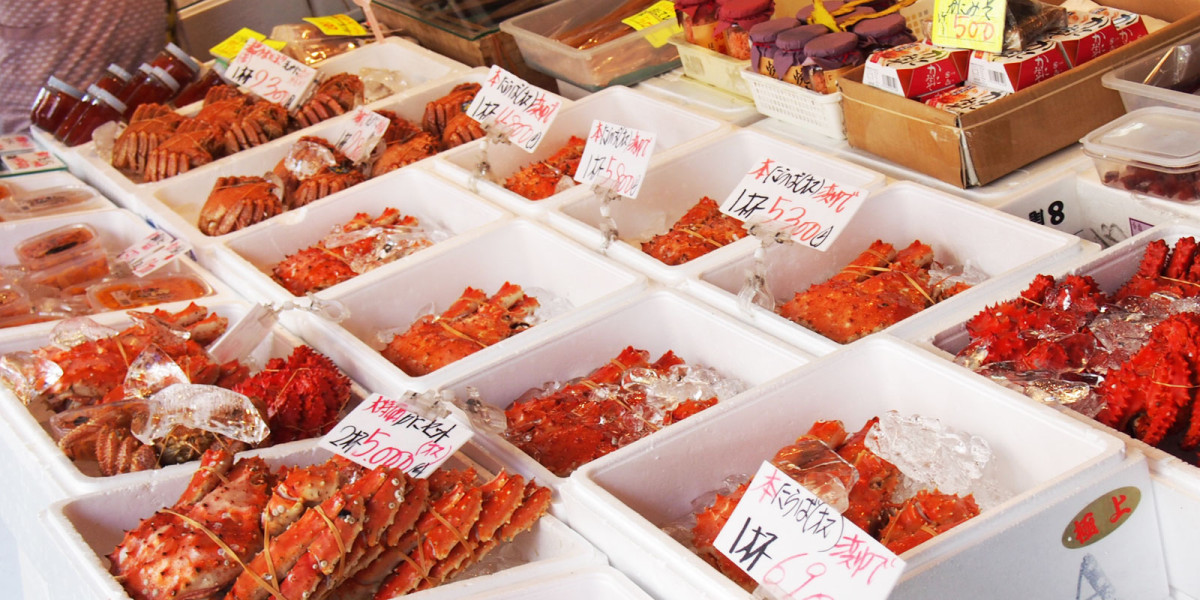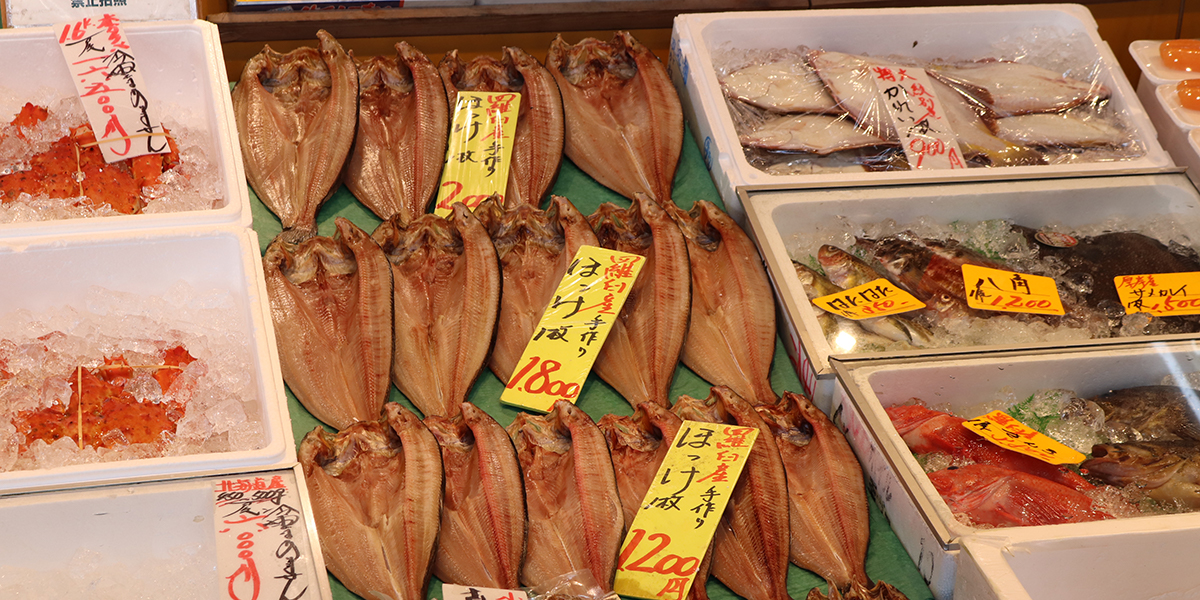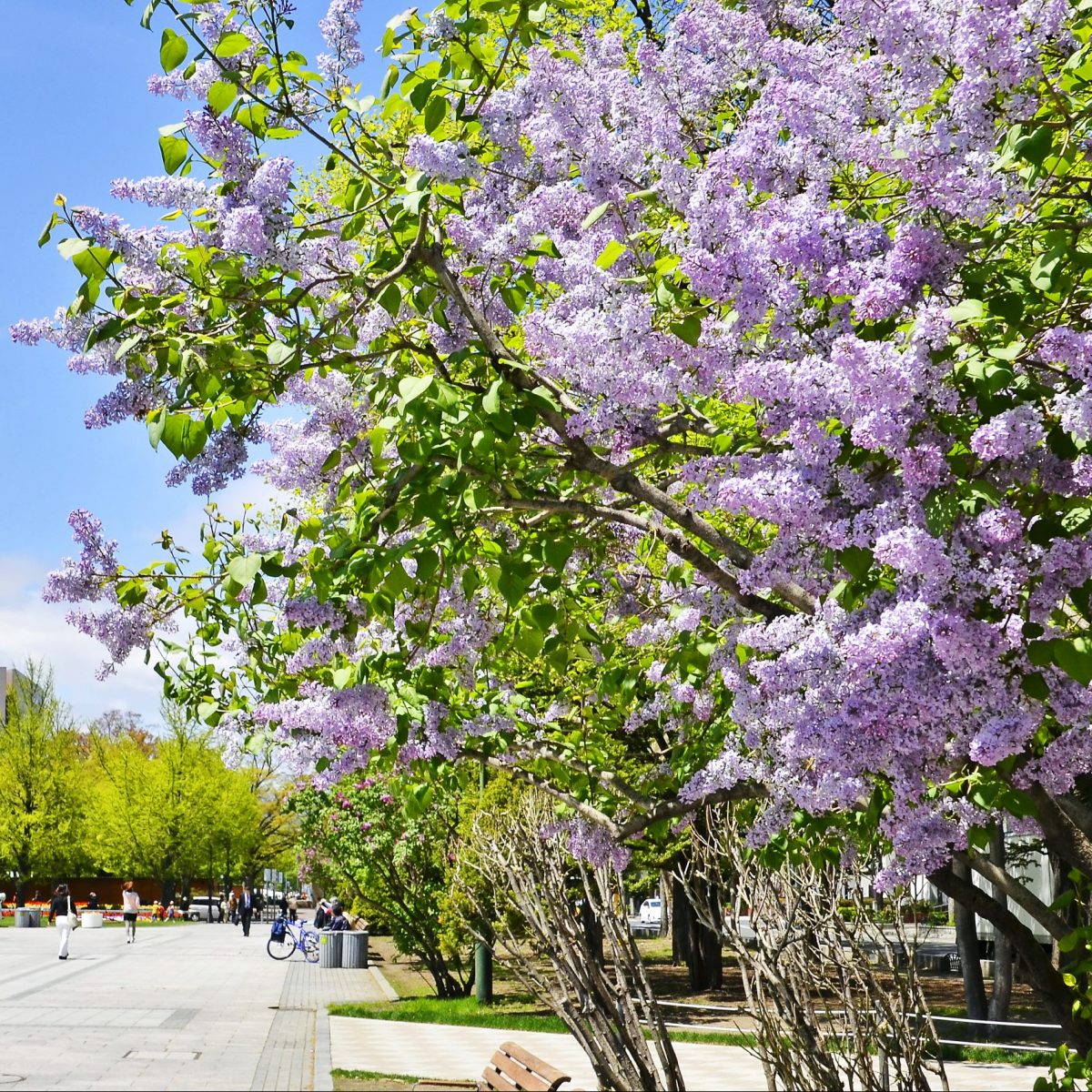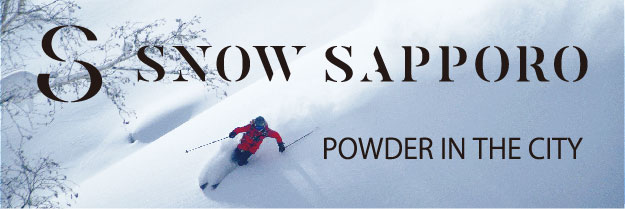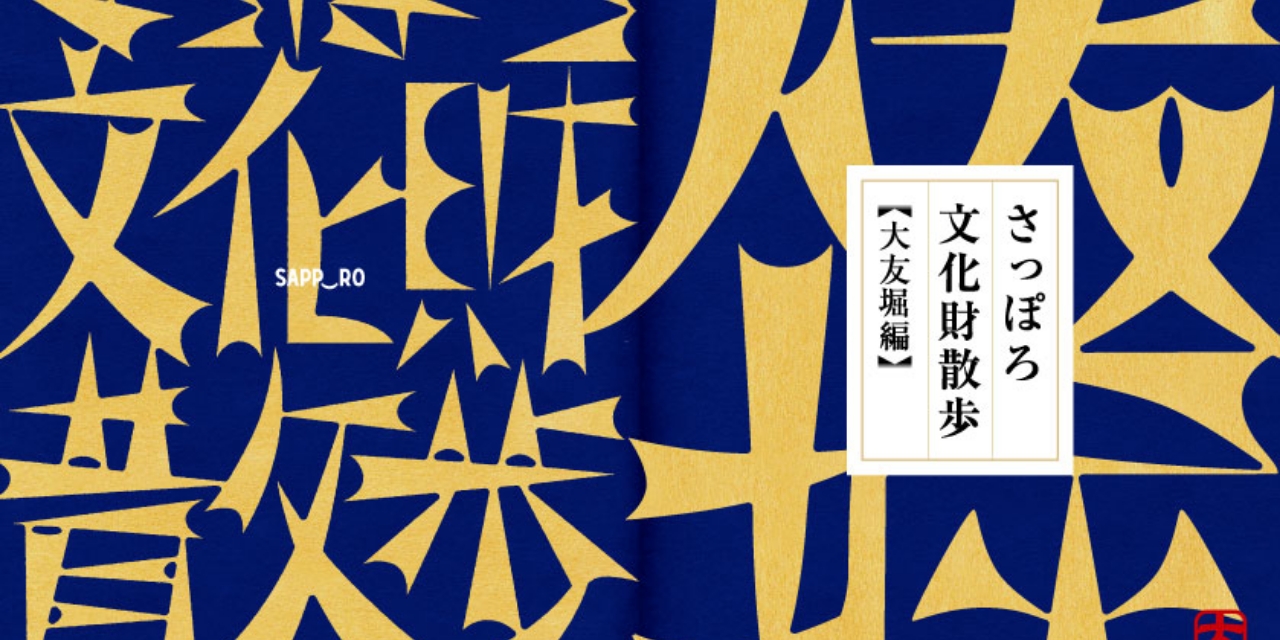
The Story of the Otomobori – The Manmade River
The central axis of urban Sapporo
Infrastructure of the Otomobori in 1866
(Keio 2)
ー The spirit of Kametaro and the prosperity of Sapporoki ー
It has been common belief that the development of Sapporo is thought to have begun in 1869 (Meiji 2) when the pioneering judge, Yoshitake Shima, began construction of the Sapporo Government Office. However, this is not the case.The Otomobori, to which Yoshitake Shima utilized the north-south axis of Sapporo as an island, was excavated by Kametaro Otomo in 1866 (Keio 2) as a drainage ditch for the directly managed farms of the Hakodate Magistrate.The infrastructure during the end of the Edo period later contributed to the production of Sapporo-grown onions called “Sapporoki”.If you trace the remains of the Otomobori, you can see the course of the historic river and encounter an old Sapporo through numerous cultural items, ancient temples, and the Sapporo Village History Memorial Hall.
Otomobori, which was built by an apprentice of Kinjiro Ninomiya.
The name “Otomobori” comes from Kametaro Otomo, a government official in the shogunate.Kametaro was a disciple of Sontoku Ninomiya, and after he learned about the “Hotoku Shihou” rural revival policy, he went to present-day Hokkaido, which was then called “Ezo” at that time.The Hakodate Magistrate later ordered the establishment of a cultivated land on the directly-operated farm called “Otesakuba” and began excavating a drainage channel in the current Higashi-ku are of Sapporo city in 1866 (Keio 2).The water source for this was a branch of the Toyohira River, which flowed northward from around West 3 to North 6, and then extended northeast to merge with the Fushiko Satsunai River. The construction work, which covered about 4 km, was known as the “Million Ryo Mega Project”.
In 1869 (Meiji 2), when Yoshitake Shima, began the construction of the Sapporo Government Office, the Otomobori, a legacy of the shogunate, already existed there.Afterward, the Otomobori played a significant role as a shipping route for transporting goods.
-

Kametaro Otomo -

A photo believed to be of the Otomobori
(held by the Hokkaido University Library).
Sapporo city was later divided into a grid pattern, while the Otomobori was renamed as the Sosei River.
Michitoshi Iwamura, the successor of Yoshitake Shima, first divided the city into a northern administrative district and a southern commercial and residential district, with the wide green space of Shiribeshi Street (now Odori Park) serving as the border. He divided the city into east and west by creating the Otomobori.The grid patterned streets, with each block measuring about 109 meters on each side, became the foundation of Sapporo.
Development began during the end of the Edo period. The areas where the Otesakuba cultivated lands were established were called Sapporo-mura and Moto-mura.The layout of that area still remains today. It is possible to see traces of the Otesakuba cultivated land around the houses and on maps of that district.Interestingly, the road leading from North 6 to the Sapporo Village History Memorial Hall, which used to be the residence of the Otesakuba officials, is a diagonal road, which is very rare in Sapporo’s grid-pattern layout.
In 1870 (Meiji 3), the Teraobori was dug from Kita 6-jo, where the Otomobori was located, to the confluence point of the former Kotoni River to the north. The Yoshidabori was also excavated from West 3 to West 6, extending the Otomobori north and south.In 1871 (Meiji 4) Michitoshi Iwamura named the bridge over the Otomo Canal the “Sosei Bridge”. As a result, in 1874 (Meiji 7), the Otomo Canal was renamed the Sosei River.
-

Map of Sapporo City in 1871-1872 (Meiji 4 and 5), archived by the Hokkaido University Library. -

Sosei River

Traces of the Otomobori can still be seen in residential areas.
Most of the Otomobori have been filled in now, but parts of it remain as the Sosei River. In Higashi Ward, there are also streets that appear to be remnants of the Otomobori, such as the diagonal block at North 11 West 11.Why not take a walk through the residential areas and explore the remnants of the old Otomobori with a historic map in hand?
-

Diagonal streets that are thought to be traces of the Otomobori.
Sapporoki is a type of onion produced in Sapporo and exported globally.
Farmers learned onion cultivation in Sapporo Village under the guidance of Dr. Brooks and later succeeded to grow the western vegetable in 1880.The onion variety called Sapporoki was highly valued as a food source for miners and people on board ships. At the time, it became a staple export to Russia.
The lion masks, called Shishimai, are dedicated to the Okadama Shrine for the bountiful harvests and has since become the first intangible cultural asset of Sapporo City.
The neighborhood around diagonal street is dotted with various attractions, such as the Sapporo Village Local Memorial Hall, which exhibits materials related to Otesakuba and Sapporoki, the Honryuji Temple, which is home to the Myoken-do Hall associated with Kametaro Otomo, and the Daikakuji Temple, which boasts the largest gate in Hokkaido.Relive the vestiges of Sapporo’s pioneer era since the end of the Edo period.
-
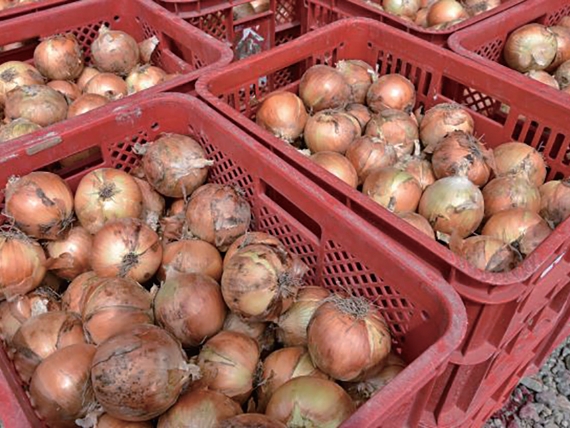
Sapporoki -

Myokenzan Honryuji Temple (Myoken-do) located in East Ward.

From Sapporo Village to overseas
Sapporoki was exported across
the globe.
Around 1880 (Meiji 13), Sapporo Village succeeded in cultivating onions, a Western vegetable, with the guidance of Dr. Brooks.Mass exports of the Sapporoki onion soon followed not only down to Honshu, but also to Russia and Southeast Asia.The Sapporo Village History Memorial Hall displays a passport from a visit to Russia, conveying the passionate feelings of the local citizens at that time.
-

Old passport from that period
| Name of the cultural property | Status of Designation | Location |
|---|---|---|
| Traces of the Otomobori | Sapporo Furusato Culture 100 Selections (Ruins) No. 59 | In Otomo Park, 16 North 13 East, Chuo Ward and East Ward |
| The Sapporo Village History Memorial Hall | Not designated | 16-chōme-2-6 Kita 13 Jōhigashi, Higashi Ward |
| Sosei Bridge | Sapporo Furusato Culture 100 Selections (Street Scenery) No. 85 | Chuo Ward, South 1 West 1 to East 1 |
| Sosei River | Sapporo Furusato Culture 100 Selections (Street Scenery) No. 85 | Chuo Ward North Ward East Ward |
| Sosei River Park | Not designated | Chuo Ward, South 4 to North 1 West 1 |
| The statue of Kametaro Otomo (located in Sosei River Park). | Not designated | 1 Chome Minami 1 Jonishi Chuo Ward |
| The statue of Kametaro Otomo (located in the front yard of the Sapporo Village History Memorial Hall). | Not designated | 16-Chome-2-6 Kita 13 Johigashi, Higashi Ward |
| Sapporoki | Not designated | Mainly in East Ward |
| Sapporo Onion Monument | Not designated | East Ward |
| Okadama Shishimai | City Designated Tangible Cultural Property | Dedicated to Okadama Shrine in East Ward. |
| Historical items and sites related to Sapporo Village and Kametaro Otomo | City Designated Tangible Cultural Property, City Designated Tangible Historic Site | 16 Chome-2-6 Kita 13 Johigashi, Higashi Ward, in the Sapporo Village History Memorial Hall |
| Myokenzan Honryuji Temple (Myokendo) | Sapporo Furusato Culture 100 Selections (Buildings) No. 34 | 15 Chome Kita 14 Johigashi Higashi Ward |
| Daikakuji Temple | Sapporo Furusato Culture 100 Selections (Street Scenery) No. 89 | 11 Chome-2-10 Kita 10 Johigashi, Higashi Ward |
| Otomo Park | Not designated | 16 Chome Kita 13 Johigashi Higashi Ward |
| Motomura Road (Diagonal Street) | Not designated | East Ward, North 7-10 East 3-11 |
| Apple Monument | Not designated | 12 Chome Kita 11 Johigashi Higashi Ward |
| Sapporo Village Shrine | Not designated | 14 Chome-3-1 Kita 16 Johigashi, Higashi Ward |
*Some of the above lists are not open to the public.
The achievements of Kametaro Otomo and the valuable urban historical remains on site have been designated as a Hokkaido Heritage site under the name of “The Achievements of Otomo Kametaro and the Otomo Moat Remains”.
Check out all the cultural properties in the story!
-

Sosei River
Sosei River is about 14 kilometers long which starts from near Nakajima Park, flows through the downtown area, and ends near the border between Sapporo and Ishikari City.
It is said that the irrigation ditch excavated by Kametaro Otomo in the late Edo period for agricultural and domestic water supply was just the beginning.
Afterward, through changes in usage methods and routes, the channel became the river it is today. The original name of Otomobori was also renamed to Sosei River in 1874 (Meiji 7).Sapporo City, Chuo Ward, Kita Ward, Higashi Ward.
-

The statue of Kametaro Otomo (located in Sosei River Park).
Kametaro Otomo, a pioneer of Sapporo City development.
This statue was erected in 1986 (Showa 61) to honor his achievements in creating the Otomobori, which later became the Sosei River.
The height of the statue is about 2.7 meters. It portrays Kametaro holding a telescope, supervising the excavation of the canal.
This statue, which watches over the Sosei River, was temporarily relocated, but was later returned to its current position with the completion of the Sosei River Park.1 Chome Minami 1 Jonishi Chuo Ward, Sapporo (located in Sosei River Park)
-

Sosei Bridge
The history of the Sosei Bridge dates back to 1869 (Meiji 2).
It is said that at that time, it was just a simple structure of logs lined up and covered with boards.
Two years later, when the Otomobori was renovated, a bridge with a handrail was built and was named “Sosei Bridge” for the first time.
In 1910 (Meiji 43), it was replaced with a modern stone arch bridge.
The current Sosei Bridge was reconstructed based on the design of the original bridge of that time.Sapporo City, Chuo Ward, South 1 West 1 to East 1-Chome.
-

Sosei River Park
This park was completed in 2011 (Heisei 23) along “Sosei River Street,” which divides the center of Sapporo city into east and west.
There is also a promenade that extends from West 4 to North 1.
In early summer, beautiful lilacs bloom and there are various artworks displayed, creating a fun atmosphere akin to an outdoor art expo!
There are also stairs that lead down to the water’s edge, making it a relaxing space for locals.South 4 to North 1, West 1, Chuo Ward, Sapporo
-

Sapporo Village Shrine
The shrine was founded in 1899 (Meiji 32).
When the shrine was established in 1899 (Meiji 32), it was originally intended to be named “Sapporo Shrine”. but the name was already being used by the official Hokkaido Shrine, thus Sapporo Village Shrine was adopted instead.
The shrine worships the deities Okunitamanokami, Onamuchinokami, and Sukunahikonokami.14-Chome-3-1 Kita 16 Johigashi, Higashi Ward, Sapporo
-

Myokenzan Honryu-ji (Myoken-do)
In 1867 (Keio 3), Kametaro Otomo built it as a guardian shrine of the village within the precincts of Honryuji Temple.
The festival of Myoken-do, Myokensontaisai, has the oldest history among the temple festivals in Sapporo.
Today, a prayer meeting is held every July as a memorial service and festival.15 Chome Kita 14 Johigashi, Higashi Ward, Sapporo
-

Otomo Park
This park was created on the site of the model farm “Otesakuba” established by Kametaro Otomo in 1867 (Keio 3).
There is also a waterway that resembles the old Otomobori, which was dug to supply water to Otesakuba and flows into the Fushiko River.
There is a signage board in the park that provides easy-to-understand explanations of the history and importance of that time.16 Chome Kita 13 Johigashi, Higashi Ward, Sapporo
-

The Sapporo Village History Memorial Hall
It is a museum built on the site of Kametaro Otomo’s official residence, the founder of Sapporo’s development, and opened in 1977 (Showa 52).
The museum displays historical items such as old documents related to the former Sapporo village, farming tools, and household goods.
In the front yard, a monument has been erected in dedication of the area being the birthplace of onion cultivation in Japan.16-Chome-2-6 Kita 13 Johigashi, Higashi Ward, Sapporo
Viewing hours are from 10:00am to 4:00pm (last entry is at 3:30pm).
Closed on Mondays, the day after national holidays, and during the year-end and New Year holidays.
-
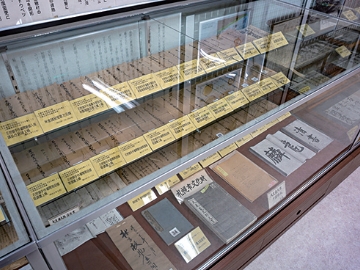
Historical items related to Sapporo Village and Kametaro Otomo
-

The statue of Kametaro Otomo (located in the front yard of the Sapporo Village History Memorial Hall).
-

Apple Monument
This monument is dedicated to the apple cultivation in the former Sapporo Village. It is located on private property and is not open to the public.
12 Chome Kita 11 Johigashi, Higashi Ward, Sapporo
-
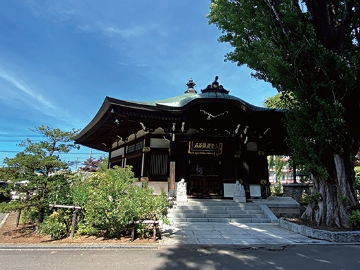
Daikakuji Temple
It was completed around 1917 (Taisho 6).
It is the first Soto Zen temple in the former Sapporo Village.
The main gate at the entrance, completed in 1920 (Taisho 9), is said to be the largest in Hokkaido. The upper floor of the temple serves as the Buddha altar room.
The arrangement of the outer gate, main gate, and main hall in a straight line follows the format of Zen temples.
It has also been chosen and listed as one of “Sapporo Furusato Culture 100 Selections”.11-Chome-2-10 Kita 10 Johigashi, Higashi Ward, Sapporo
-

Motomura Road (diagonal street)
The road (Route 273) extends northeast from around North 7, East 3, East Ward.
It used to be called Ishikari Kaido or Barato Kaido, and was one of the main land arteries during the pioneering period.
There is a “history display board” in North 8, East 5, which explains the history and notable figures associated with the area.North 7 to 10 – East 3 to 11, East Ward, Sapporo
Take a break at a café

-


SIAF Lounge (located inside the Former Sapporo Court of Appeals Building )
1F, Sapporo Shiryokan (Former Sapporo Court of Appeal ) 13 Chome Odorinishi, Chuo Ward, Sapporo, Hokkaido
The lounge, located on the first floor of the Former Sapporo Court of Appeal, allows visitors to freely read books and materials related to the Sapporo International Art Festival (SIAF), an event held once every three years that showcases the latest creative works from around the world.
Take a break with a sweet cake and an original coffee blend while visiting the museum!
011-252-9360
-


Nagayama Rest (located in the former Nagayama Takeshiro Residence and the former Mitsubishi Mining Company Dormitory)
6 Chome Kita 2 Johigashi, Chuo Ward, Sapporo, Hokkaido
Nagayama Rest is a coffee shop, fashioned in a Western and Japanese eclectic style, just like the former Nagayama Takeshiro Residence.
The cafe offers retro Western-style dishes and Instagram-worthy desserts.Enjoy the history and culture of a bygone era in a space that feels like a time warp into the past!
011-215-1559
Check the website for opening hours.
Recommended sightseeing spots around cultural heritage!
-

musica hall café
Café/Tanukikoji
musica hall musica hall café is a café with live music near Sapporo’s Tanukikoji. A great number of acoustic live shows featuring musicians from Hokkaido and elsewhere in Japan are held each month. Within a space of warmth decorated with objects made by Sapporo’s artists, you will definitely want to spend some precious time to immerse yourself in the music. With a wish to “create a space where musicians and artists can share their ideas”, musica hall café also holds exhibitions making use of the walls, music shows, and art events. You may purchase handmade artworks by Sapporo’s artists, which are perfect as souvenirs. The facility offers delicacies made from Hokkaido local ingredients as well as a rich variety of original desserts, and is a popular destination both during the day and at night.
3F Choei Bldg., Minami 3-Jo Nishi 6-chome 10-3, Chuo Ward, Sapporo
-

Atelier Morihiko
Café/Nishi 11-chome
MORIHICO is a café popular for its variety of blends of home-roasted coffee and home-made desserts. Housed in a renovated, old wooden house in the Maruyama area, “Morihiko” is in a historic neighborhood of Sapporo, and you can also enjoy exploring the surrounding area. Located on the first floor of a building close to the center of Sapporo city, “Atelier Morihiko” is a salon-like café where you can see the streetcars from the window. Housed in a renovated former warehouse, “Plantation” holds art and sundries events, etc., in its third-floor attic space “Grenier”, where you can enjoy Sapporo culture. Be sure to drop by this well-known shop, imbued with the owners desire to bring “coffee & something” to patrons.
Minami 1-jo Nishi 12-chome 4-182, Chuo Ward, Sapporo
-

SATURDAYS Chocolate Factory&Café
Café/Near Nijo Market
SALMON 1F, Minami 2 Jo higashi 2 Chome−7-1, Chuo Ward, Sapporo
-

Italian Cuisine Circo
Gourmet/Odori
Sapporo TR Bldg 3F, Kita 4 Jo Nishi 2 cho-me, Chuo Ward, Sapporo
-

Noodle Lab Q
Gourmet/Odori
Rindo Bldg.B1F, 2 Chome-3-1 Kita 1 Jonishi Chuo Ward Sapporo
-

OMS
Gourmet/Odori Park
Odorinishi 3 Chome-7, Chuo Ward, Sapporo
-

Coffee and sandwich shop—Saera
Gourmet/Odori Park
Saera is a sandwich specialty shop that opened in 1975. You can choose two fillings from over 10 options. Its most famous menu items include the Fruit Sandwich, which features fresh fruit sandwiched between reduced sweetness whipping cream, and the Red King Crab Salad Sandwich, which uses a hearty helping of flaky red king crab leg meat. Other must-try menu items include the Shrimp Katsu Sandwich, deep fried only after you order it, and Smoked Chicken Sandwich, which the owner says he eats almost every day. From the moment it opens, the shop is abuzz with customers who dine in or order takeout, and three generations of the same family keep coming back. Tourists also frequent the shop, which offers a menu in English, too. Enjoy eating and comparing the different tastes at Saera, which means “this and that,” inspired by the French (pronounced “çà et là”).
Toshin Building B3F, Odori-nishi 2-chome 5-1, Chuo Ward, Sapporo
-

Kakehashi Kitanijoten
Gourmet/Near Sapporo Station
Maruho Bldg., B1F, Kita 2 Jonishi, 2 Chome, Chuo Ward, Sapporo
-

Restaurant Co-Ezo
Gourmet/Susukino
4-11 Minami 6-Jo Nishi, Chuo Ward, Sapporo
-

Ponpoko Tei
Gourmet/Tanukikoji
Hokko Bldg. B1, Minami 3jo Nishi 3chome, Chuo Ward, Sapporo
-

Beer Cellar Sapporo
Gourmet/Nishi 11-chome
Beer Cellar Sapporo is a Sapporo craft beer specialty store that offers some 200 varieties of bottled beer, including beers imported from Oregon in the United States and craft beers brewed in Japan. There are always 10 types of beer on tap. First try the 120 ml tasting set that includes four glasses of different beers of your choice. The store also rents out large bottles that you can refill with beer sold by volume, which is a popular option that allows you to enjoy draft beer wherever you like. Sapporo locals often frequent Beer Cellar Sapporo in order to taste the many different craft beers available. If you’re unsure of what to order, ask the staff in the space for drinking while standing. They will be happy to explain each beer during a tasting, so it should be easy to find a favorite.
AMS Building 1F, Minami 1-jo Nishi 12-chome 322-1, Chuo Ward, Sapporo
https://www.sapporo.travel/gourmet/shop/beer_cellar_sapporo/
-
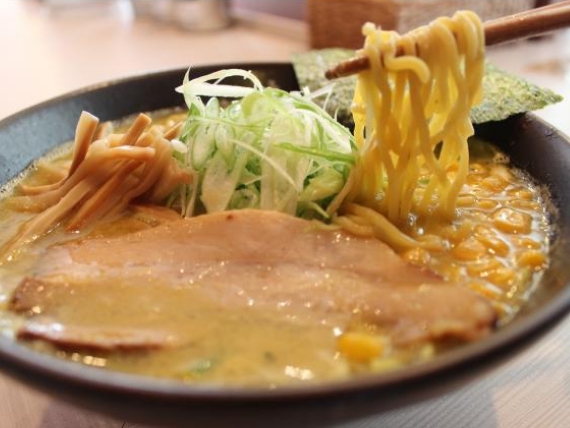
Menya Shiro
Gourmet/Higashi Ward
Honcho 2 Jo 3 Chome-10-15, Higashi Ward, Sapporo
-

Pasta de’ Nord
Gourmet/Higashi Ward
Hotel Yukita 1F, Kita 36 Johigashi 15-3-15, Higashi Ward, Sapporo
-

ichigodaifukushop potapotaichigo
Gourmet/Near the Hokkaido University
Kita 7 Jonishi 5 Chome-8-5, Kita Ward, Sapporo
-

Kanako’s Soup Curry Shop Sapporo odori
Gourmet/Odori
Osawa Bldg. 1F, 1-2-2 Minami 1-Jo Nishi, Chuo Ward, Sapporo
- Publishing
- Sapporo City Council for the Promotion of Historical and Cultural Town Development
(The secretariat: Cultural Properties Division, Culture Department, Citizen’s Cultural Bureau, Sapporo City) - 10F Sapporo Clock Tower Building 2-chōme-1 Kita 1 Jōnishi, Chuo Ward, Sapporo,
- TEL 011-211-2312
- March 2021
Agency for Cultural Affairs of the Fiscal Year 2020
Grant for Cultural Resource Utilization Projects (Tourism Base Development Project) funding


